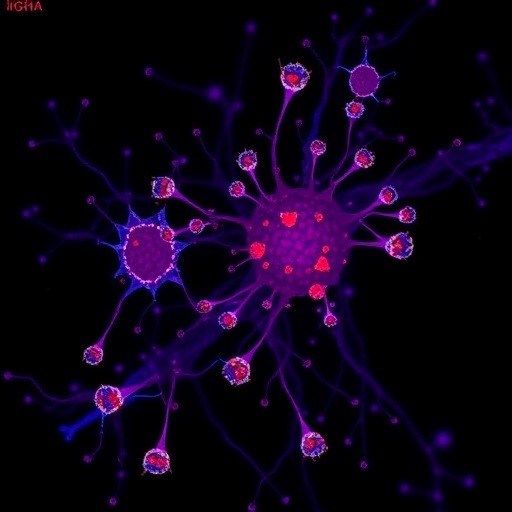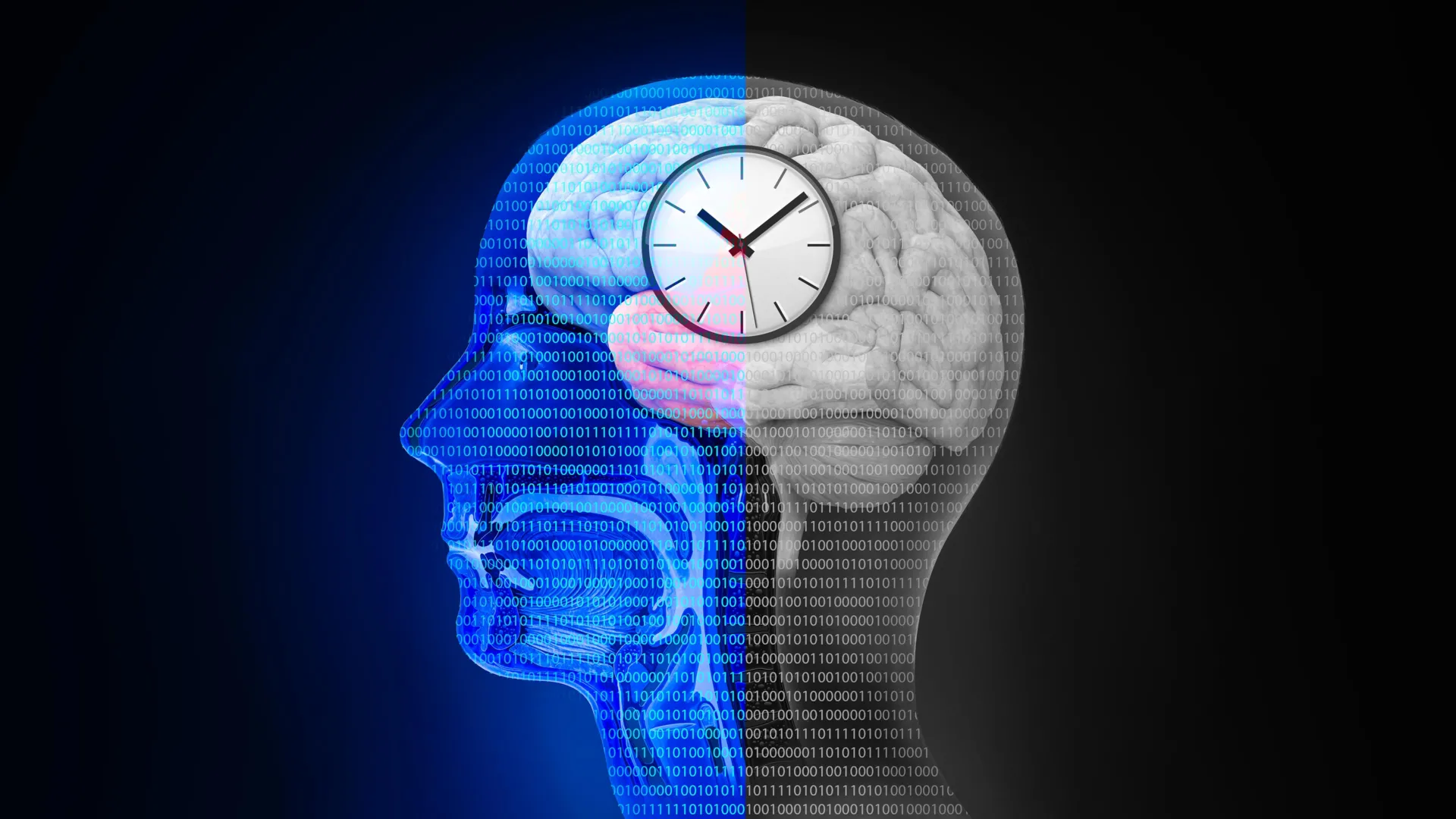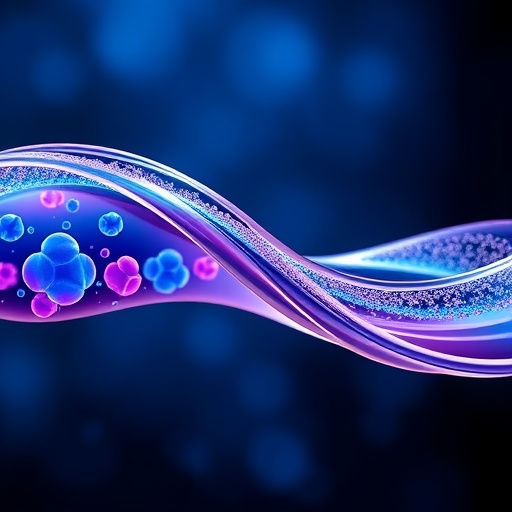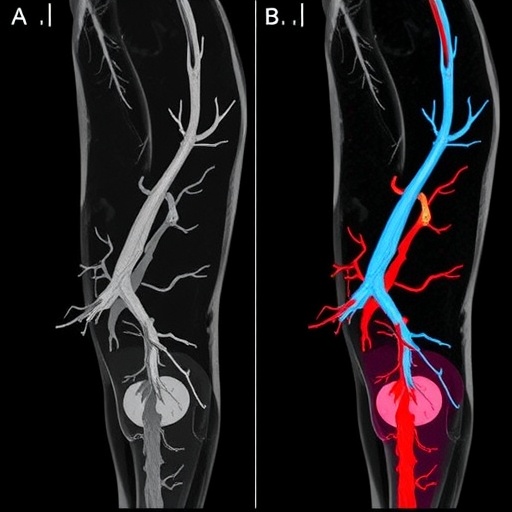PROTECT YOUR DNA WITH QUANTUM TECHNOLOGY
Orgo-Life the new way to the future Advertising by AdpathwayIn a groundbreaking advancement poised to reshape the therapeutic landscape for severe bipolar disorder, a research team at the University of Minnesota Medical School, under the leadership of Dr. Ziad Nahas, MD, has secured a significant $4.4 million grant to embark on an unprecedented study involving prefrontal cortical stimulation. This innovative study aims to precisely manipulate brain networks implicated in the mood dysregulation characteristic of bipolar disorder, thus addressing a critical need in psychiatric medicine.
Bipolar disorder is a complex neuropsychiatric condition marked by dramatic mood swings, ranging from debilitating depressive episodes to intense mania. Despite extensive research, the neurobiological mechanisms underlying these mood shifts remain incompletely understood, hindering the development of effective, targeted therapies. The research initiative funded by Breakthrough Discoveries for thriving with Bipolar Disorder (BD²) aims to explore these mechanisms by focusing on large-scale brain networks that govern mood regulation.
The centerpiece of this study is the deployment of a novel brain stimulation technique called Personalized and Adaptive Cortico Electrostimulation (PACE). Unlike conventional brain stimulation approaches, PACE is designed to dynamically adjust stimulation parameters in real time, tailoring therapy to individual neural activity patterns. Preliminary evidence suggests PACE can alleviate depressive symptoms, but its potential to modulate the neurobiological substrates of mood switching in bipolar disorder represents a crucial frontier yet to be explored.
The research will delve deeply into how large-scale cortical networks influence mood stability and transitions between depressive and manic states. By applying PACE to the prefrontal cortex—a brain region integral to executive function and emotional regulation—the investigators seek to decode the neural circuitry responsible for bipolar mood dysregulation. This could illuminate why mood episodes shift unpredictably and how targeted neuromodulation might restore equilibrium.
Prefrontal cortical stimulation stands out because the prefrontal cortex exerts top-down control over limbic structures driving emotion and motivation. Modulating this area could recalibrate dysfunctional neural pathways that underlie bipolar disorder’s hallmark mood instability. The adaptive nature of PACE offers unprecedented precision, potentially allowing clinicians to “push and pull” specific brain networks, fine-tuning stimulation to individual patient needs and symptom fluctuations.
Dr. Nahas emphasized the uniqueness of this research environment at the University of Minnesota, which combines multidisciplinary expertise and cutting-edge technology. This synergy is vital for executing such a complex study involving detailed neuroimaging, electrophysiological monitoring, and personalized neurostimulation protocols. By understanding the neurobiological governance of bipolar disorder, the work aspires to propel the field toward novel interventions that go beyond symptom management to address root causes.
The BD² grant program continues to support transformative projects nationwide, with this study positioned among four leading teams focused on unravelling bipolar disorder’s fundamental mechanisms. Initiating participant enrollment in 2026, the University of Minnesota research group anticipates integrating advanced neuroimaging techniques to monitor real-time brain network responses during PACE application. This could yield rich data on neural plasticity and network recalibration during mood episodes.
Understanding neuroplastic changes induced by cortico-electrostimulation may reveal biomarkers predictive of therapeutic response, facilitating personalized medicine approaches in psychiatry. Additionally, insights gained might inform non-invasive brain stimulation strategies, broadening applicability for diverse patient groups. This project could thus mark a pivotal step toward precision psychiatry, leveraging neurotechnology to counteract one of the most challenging mental illnesses.
Beyond immediate clinical impact, this research carries broader significance by advancing our grasp of brain network dynamics that underlie emotional regulation. Bipolar disorder serves as a powerful model for studying fundamental principles of network connectivity, homeostasis, and adaptability in the human brain. Success here could open avenues for treating other affective disorders marked by network dysregulation, such as major depression and anxiety disorders.
Public enthusiasm in such scientific breakthroughs is critical, as improved awareness and destigmatization accompany advancements in disorder understanding and treatment. The University of Minnesota’s commitment to fostering collaborative, ethically grounded research ensures alignment with diverse community needs, including respect for Indigenous sovereignty where the institution resides. This holistic approach amplifies the translational potential of the study.
Looking forward, the integration of cutting-edge neurostimulation technologies with sophisticated neuroimaging and computational modeling is poised to revolutionize psychiatric therapeutics. The PACE paradigm exemplifies this revolution, embodying a shift from conventional static treatments to dynamic, individualized intervention strategies. If successful, this study could not only alleviate suffering but also redefine how mood disorders are conceptualized and managed within neuroscience.
In summary, the University of Minnesota’s ambitious project funded by BD² represents a beacon of hope for millions affected by severe bipolar disorder. By harnessing personalized prefrontal cortical stimulation and elucidating the brain mechanisms behind mood switching, this research holds promise to transform a devastating illness into one that can be effectively controlled and understood at the neurobiological level. The scientific community and patients alike await its revelations with profound anticipation.
Subject of Research: Severe Bipolar Disorder and Prefrontal Cortical Stimulation
Article Title: University of Minnesota Launches First-In-The-World Study Using Personalized and Adaptive Cortico Electrostimulation to Decode and Treat Mood Shifts in Bipolar Disorder
News Publication Date: October 28, 2025
Web References:
https://med.umn.edu/bio/ziad-nahas
https://med.umn.edu/odei/about/commitments-acknowledgements
https://med.umn.edu/
Keywords: Bipolar disorder, Brain stimulation, Neuroimaging, Psychiatric disorders, Personalized neurostimulation, Mood regulation, Cortical networks, Prefrontal cortex, Adaptive Cortico Electrostimulation, NEUROSCIENCE
Tags: $4 million grant bipolar researchdynamic brain stimulation therapyinnovative therapies for bipolar disorderlarge-scale brain networks mood regulationmood dysregulation in bipolar disorderneurobiological mechanisms bipolar disorderPACE brain stimulation techniquePersonalized and Adaptive Cortico Electrostimulationprefrontal cortical stimulationpsychiatric medicine advancementssevere bipolar disorder treatmentUniversity of Minnesota bipolar disorder study


 22 hours ago
9
22 hours ago
9





















 English (US) ·
English (US) ·  French (CA) ·
French (CA) ·